Organs are naturally associated with churches, since you can usually always find one there. Due to the size and number of organ pipes and the technology required to generate air, it would be hard to find another kind of building that would offer the sheer space and required sound stage for an organ.
But what can you do if the organ can’t quite play deep enough, but there is literally no room to expand it? This question was posed in Berlin’s famous Kaiser Wilhelm Memorial Church and the solution came from a direct neighbour who just happen to be experts in audio technology. You’ve guessed it – Teufel. Our blog editorial team was there to learn more about this unusual partnership.
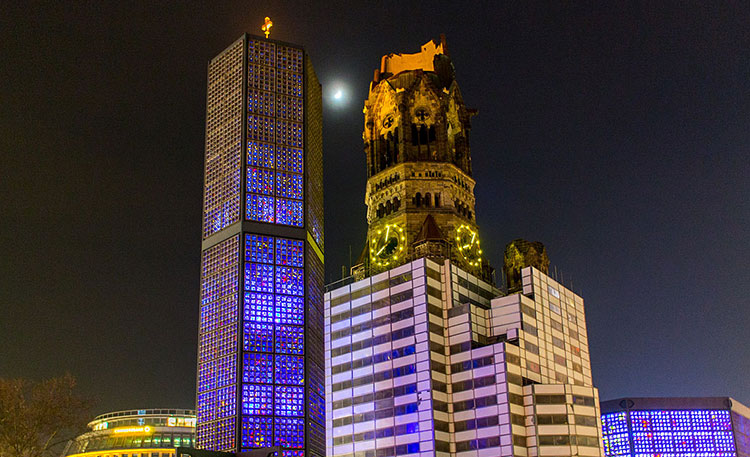
Love thy neighbour
The brilliant idea came from Christoph Klug (project manager and electronics engineer) and Massimo Petriaggi (acoustics engineer), both of whom work with the electronics and acoustics of our sound systems at Teufel and both play organ in their spare time. They installed eight Teufel subwoofers on a pedestal at the back of the organ and tuned the sound to the organ.
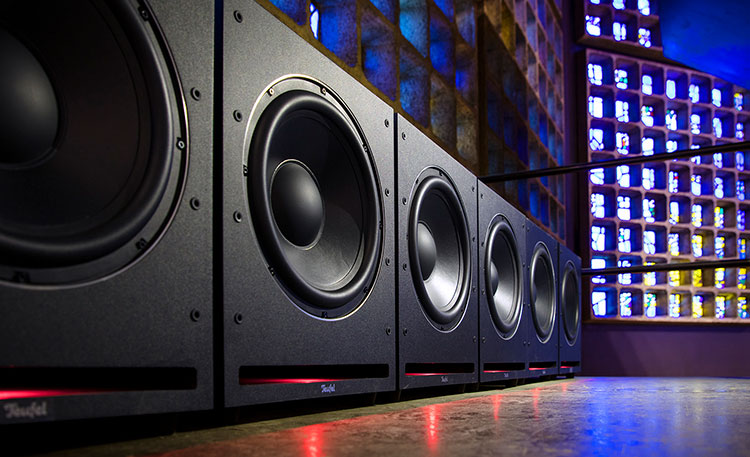
The subwoofers, donated by Teufel, now provide the necessary bass foundation for the organ – whilst remaining invisible to visitors.
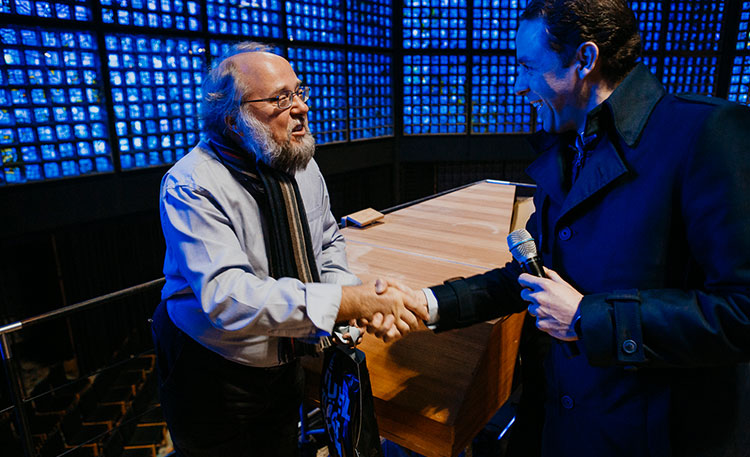
The memorial church organ
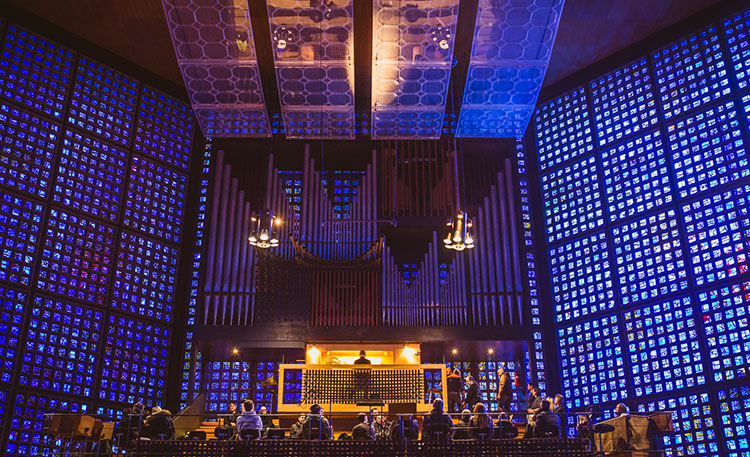
The classical organ is considered one of the largest and oldest musical instruments. In principle, an organ consists of an almost unbelievable number of individual instruments, organ pipes. Each of them produces a different tone. They are operated centrally from a so-called console, reminiscent of a piano.
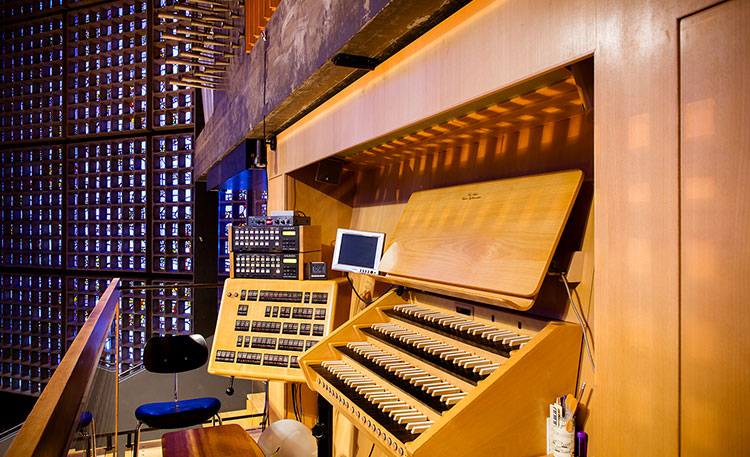
The organ has been around since antiquity and was developed into its present form and function in the Baroque and Romantic periods.
Fun fact: Organ playing was even a discipline in its own right at the Olympic Games in ancient times.
Cultural heritage
German organ building and organ music have become a UNESCO-acknowledged part of cultural heritage. With about 50,000 organs, this instrument is the most widely used in Germany and there are still 400 organ building companies in Germany.
Checking out the organ
The memorial church organ was built in the early 1960s by the Berlin organ builder Karl Schuke GmbH. Before the integration of the subwoofers, however, the organ struggled in the lowest bass range. For preservation reasons, it was not possible to carry out a traditional extension with appropriate organ pipes. The solution was therefore the installation of eight S-6000 subwoofersOpens in new tab from our range.
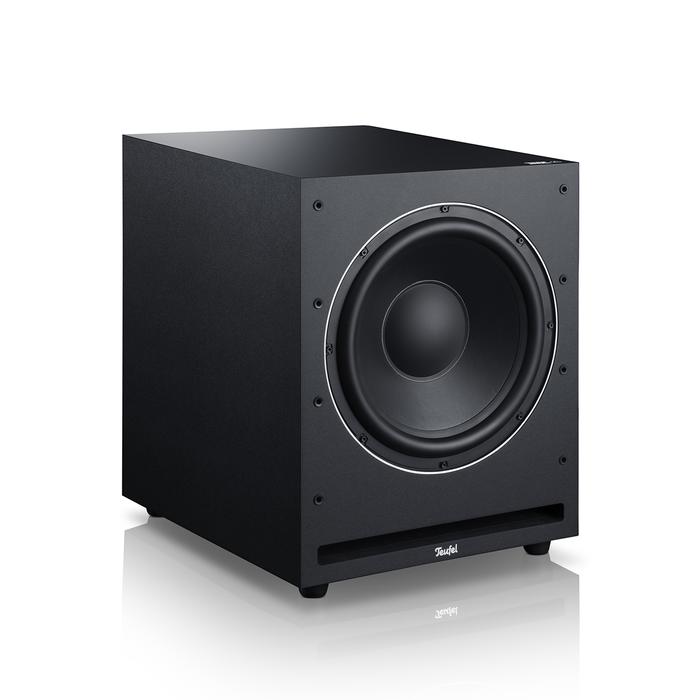
The S-6000 subwoofer offers a bass reflex channel that is almost twice the size of normal equipment, reducing distortion at freuqency limits. At the same time, it has an extremely low-noise and efficient output stage for clearer levels and lower power consumption.
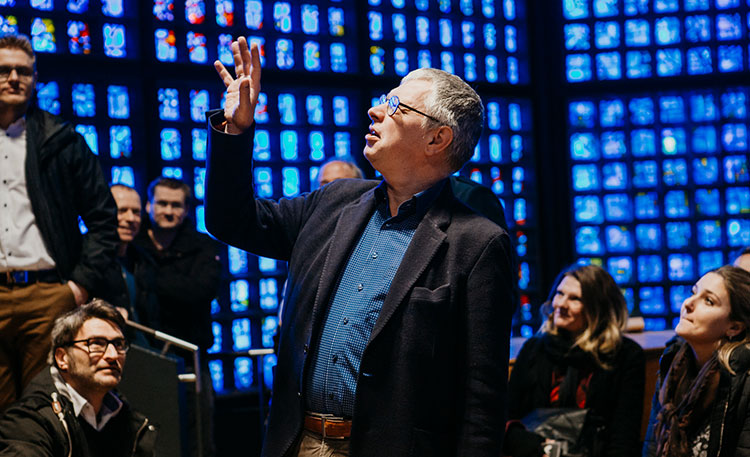
The eight woofers now get the bass from previously recorded sound samples, technically produced by Ahlborn Midi sound modules with digital crossovers and amplifiers from “Church & Sound”, another Berlin-based company. Wolfgang Seifen, professor for liturgical organ playing and organ improvisation at the Berlin University of the Arts, supported the intonation of the midi sound modules.
Watch our video about the joint project between Teufel and the memorial church
Interview with our Teufel experts
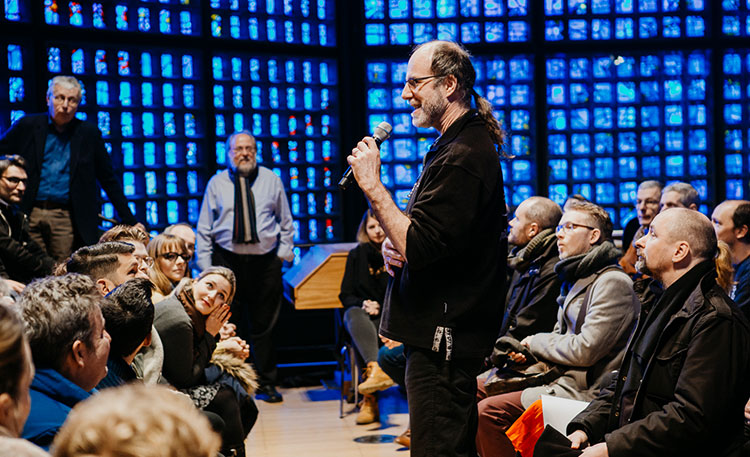
Editorial: Christoph and Massimo, how did the joint project between Teufel and the Kaiser Wilhelm Memorial Church (KWMC) actually come about?
Answer: The KWMC – which is not old-fashioned at all – organises a special service series with jazz music once a year. This series is called “In Spirit” or “Psalm tones” and opens with a big open-air concert with the participation of several bands and music ensembles. From our Teufel office in Bikini Berlin, we get quite a good view.
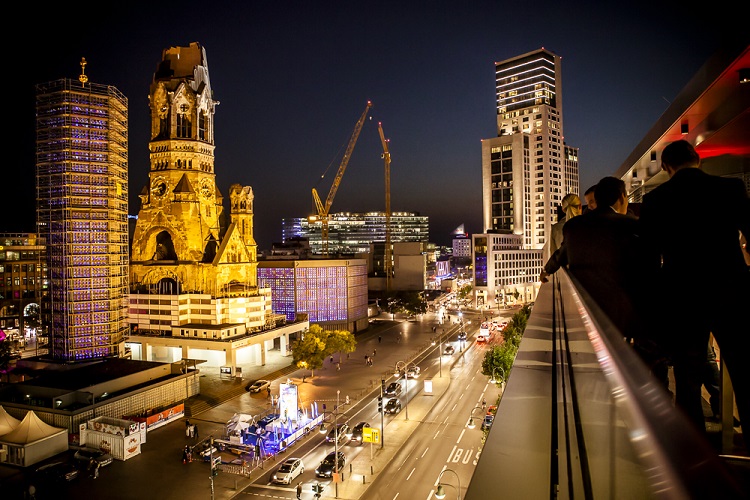
We happened to have a chat with church music director Helmut Hoeft while drinking beers after work. He mentioned the need to expand the church’s large pipe organ with powerful subwoofers. The idea of lending a “neighbourly hand” of support then came about.
Ed: What was the technical and tonal situation in the KWMC like before the project and what deficits in the sound of the organ did you notice that could not be solved by any other means than electronics due to the preservation of historical monuments?
Answer: The pipe organ with 63 stops, 4 manuals and pedal was equipped by Orgelbau Schuke with a new setting system to control the stops. The typesetter system makes it possible to programme and recall the frequent changes of timbres, especially during concerts. Special octave couplers, which when activated also add higher pipe tones, make the sound of the organ bright and festive.
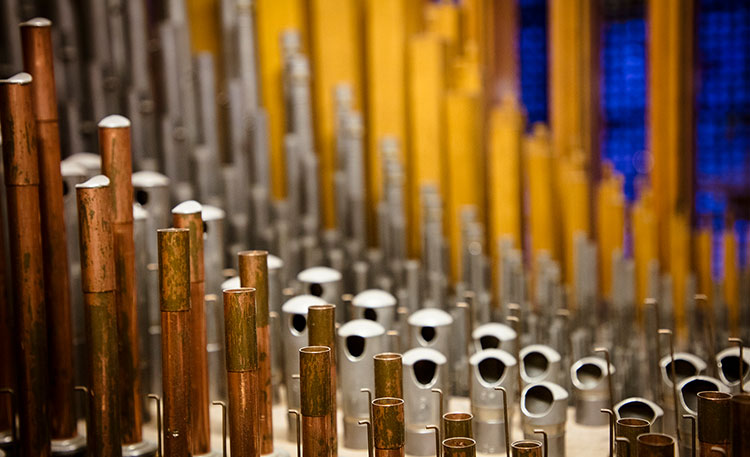
However, a balanced sound foundation in the low frequency range of the organ was still missing. The addition of large 32-foot pedal pipes was not possible for reasons of space and monument preservation. The room architecture of the KWMC church with its light-flooded blue windows created by architect Egon Eiermann must not be altered by additional fittings. The view of the organ, as well as the possible view through the organ to the blue rear wall windows of the church, was also planned by the architect.
As a solution for a low-frequency optimised organ sound with the desired gravity, an extension with digital sound stops was realised, which are now reproduced via very powerful subwoofers.
Why the S 6000 subwoofer is particularly suitable
Ed: Which subwoofers were used and why did you choose them?
Answer: We have selected eight S 6000 THX subwoofers for this special speaker installation. The acoustic design of these subwoofers was done by Massimo, and the electronic design was provided by Christoph. Funnily enough, we are both also active organists, so it was of course a special concern of ours to use these subwoofers for this “neighbourly project” in the KWMC.
Teufel bass at home
[product id=”31383,31379,28203″]
Ed: Another strict requirement was that the analogue sound of the pipe should not differ from the organ and the electronic support by Teufel subwoofers. How did you do that?
Answer: A small platform on the gallery behind the organ was used to place the subwoofers. Here, the eight S6000 subwoofers operate as a powerful low-frequency array.
In contrast to dynamic film music with its emphasis on effects, organ music in the bass range is rather static. Long organ points, i.e. permanently played bass tones over a longer period of time, are typical when playing the pedal. These generate a very high thermal load. This risk of heat generation is reduced by dividing the low-frequency reproduction work between eight available subwoofers.
By controlling the subwoofers with a digital crossover, the frequency response in the range 16Hz to 25Hz was adapted for this special application. The digital crossover also compensates for existing room resonances and controls a 400W stereo PA amplifier with delay adjustment. This drives two satellite speakers, which are placed in the two outer pedal towers of the organ. These speakers spatially locate the added digital voices.
Ed: How are digital sounds created?
Answer: We use midi sound modules from Ahlborn. These are digital sacral organs in shoe box format. Their sound production is sample-based, i.e. based on sound recordings of organ pipes. Some stops of these sound modules were selected to supplement the pipe organ’s disposition and then adapted and intoned together with the church musicians to the pipe organ’s sound. With the Ahlborn midi sound modules several parameters can be fine-tuned for sound intonation. In this way we achieve the desired lively interaction of sample and pipe sound in the church.
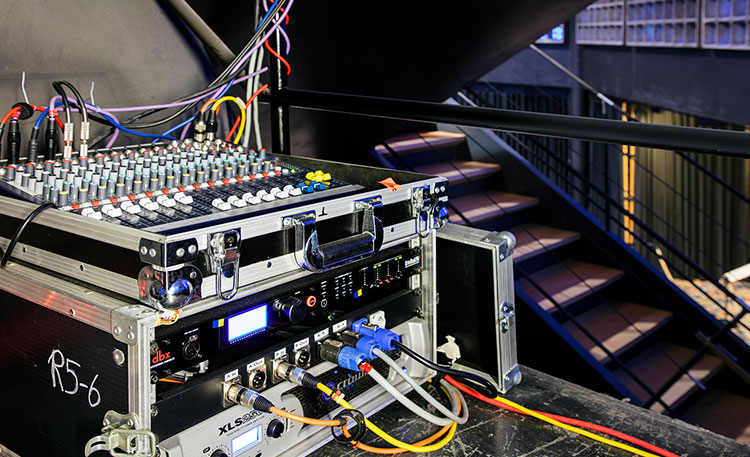
Massimo was able to contribute his former professional expertise as a sound designer with a leading Italian digital organ manufacturer. Christoph offered his practical system knowledge, gained from a comparable reference sound installation in the Liebfrauenkirche in Hildesheim. In addition, we have also provided Rodgers midi-synthesizer sound modules. This creates harpsichord and bell sounds for example, but also more wicked synthesizer sounds.
These optional sounds are also used by the church musicians, they form very interesting and expressive solo and layer sounds in interaction with the pipe organ.
Ed: Is the project now finished?
Answer: No, it will be extended even further: the existing midi control of the pipe organ will be extended by Orgelbau Schuke with technical support from Orgelbau Laukhuff (organ electronics and computer-controlled setting system). Due to the very positive project experience so far, there is further preliminary planning to supplement the organ’s swell work with digital solo parts. The compact Cubycon subwoofers from Teufel are to be used here: despite limited space in the organ’s threshold, the desired voices with low frequency reproduction up to 30Hz can then be realised.
Ed: Are there comparable projects worldwide or is this combination unique to date?
Answer: Germany has a thousand years of organ building tradition. This particular craftsmanship has recently been included in UNESCO’s list of “intangible” cultural heritage sites. Sound installations like our project in the KWMC are called “Combined Organs” or “Hybrid Organs”. Such installations are still relatively rare in Germany. However, they are very common in the USA and Canada. The younger pipe organ building tradition there successfully uses important local inventions such as the electric action (control of pipe valves with electric circuits) and the electronic organ.
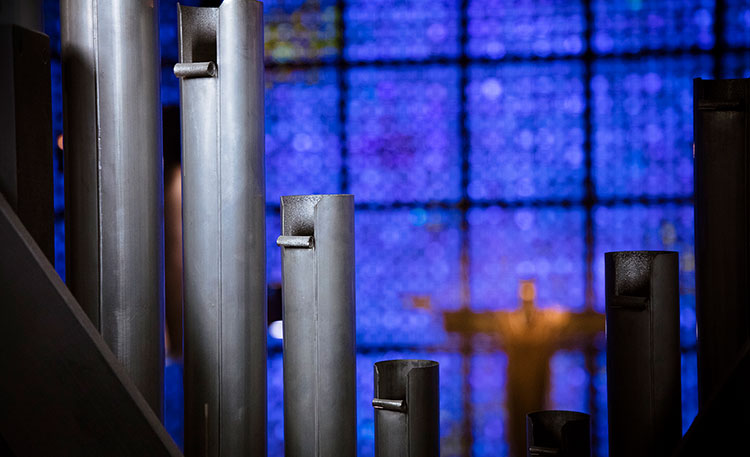
Ed: Christoph and Massimo, thank you very much for the interview. We will keep an eye on the further stages of expansion.
Teufel sets with extra bass
[product id=”31398,28652,26075″]
Image rights: Teufel (all), except exterior photo of church by
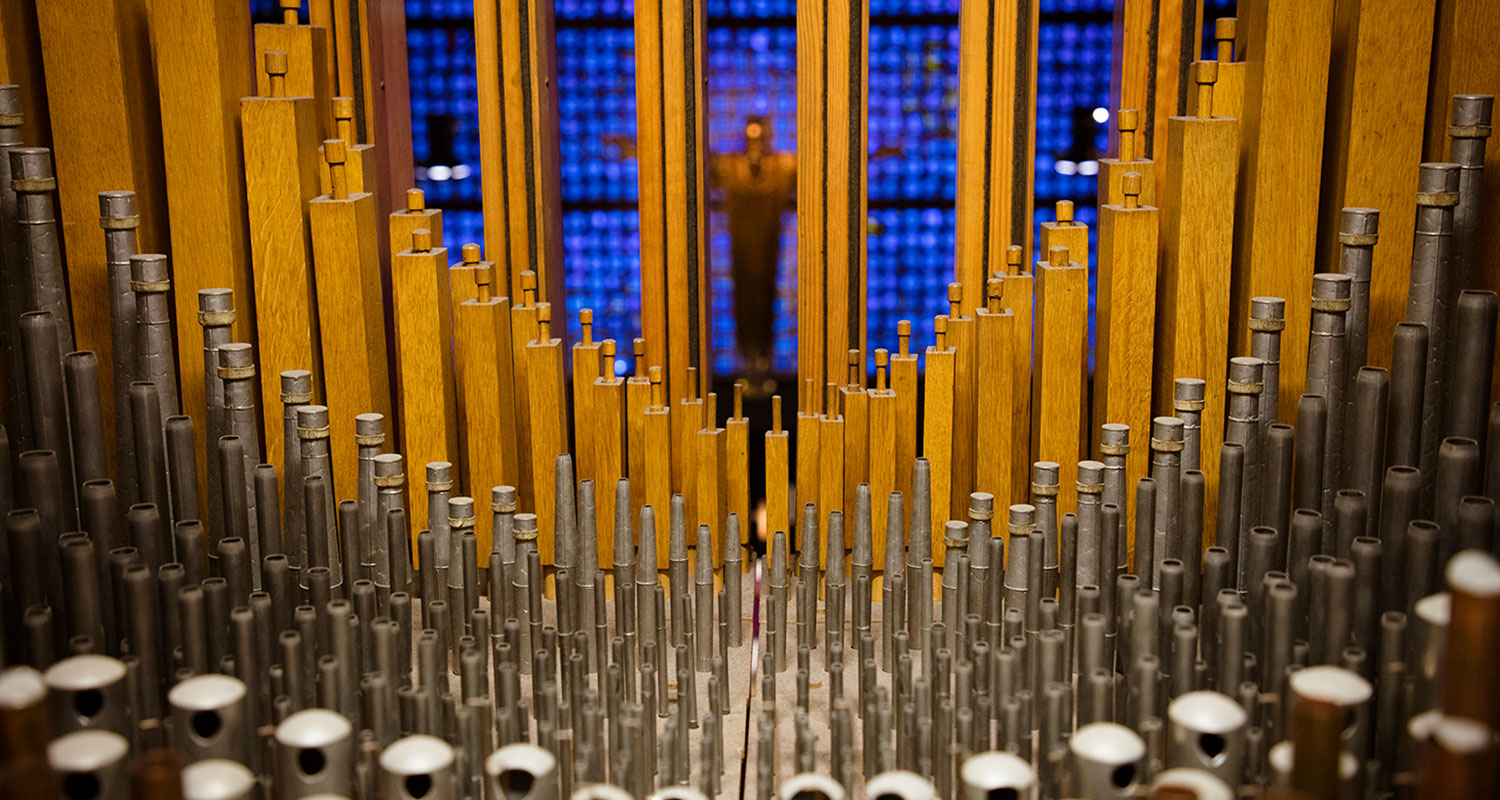

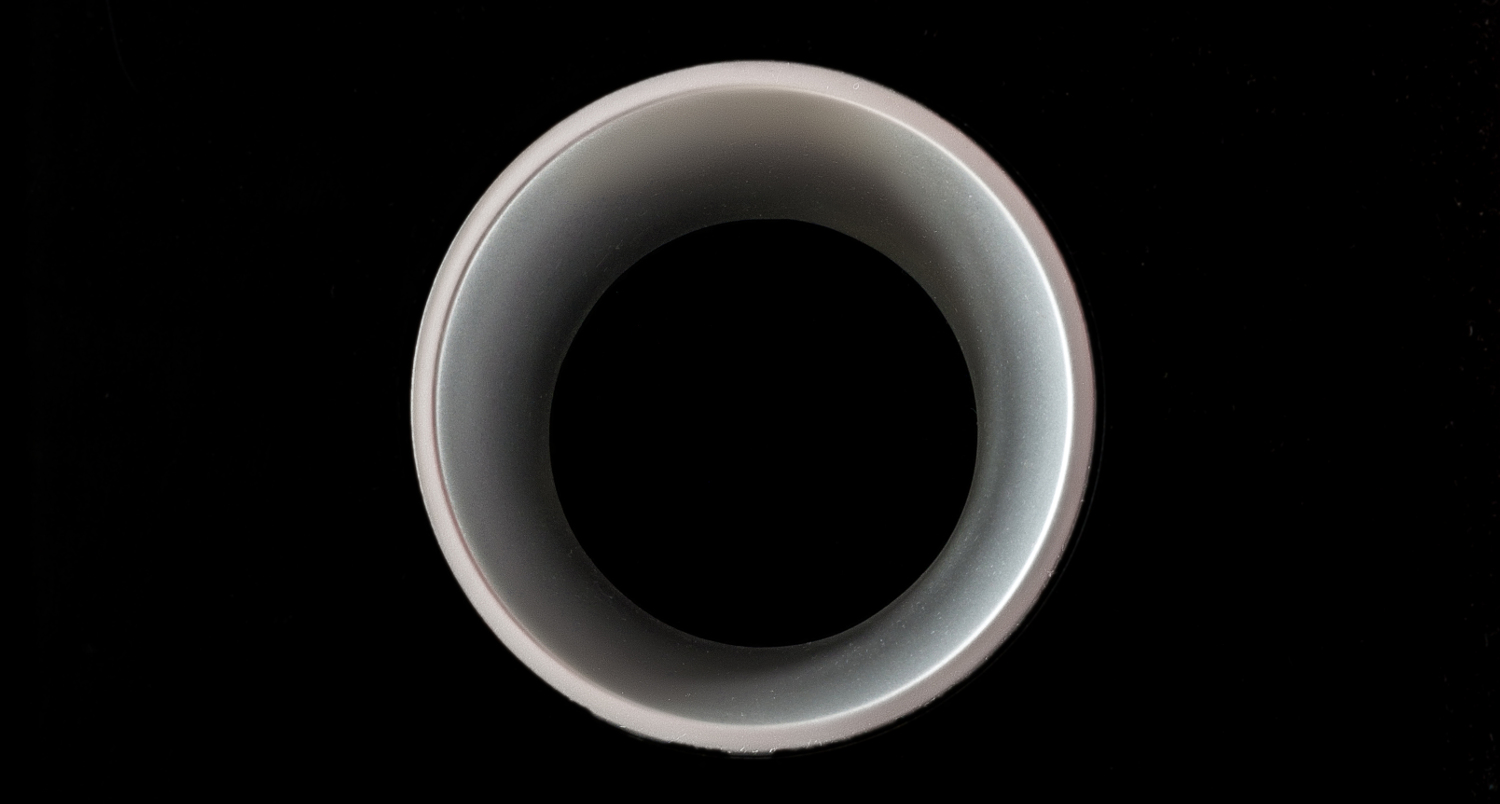
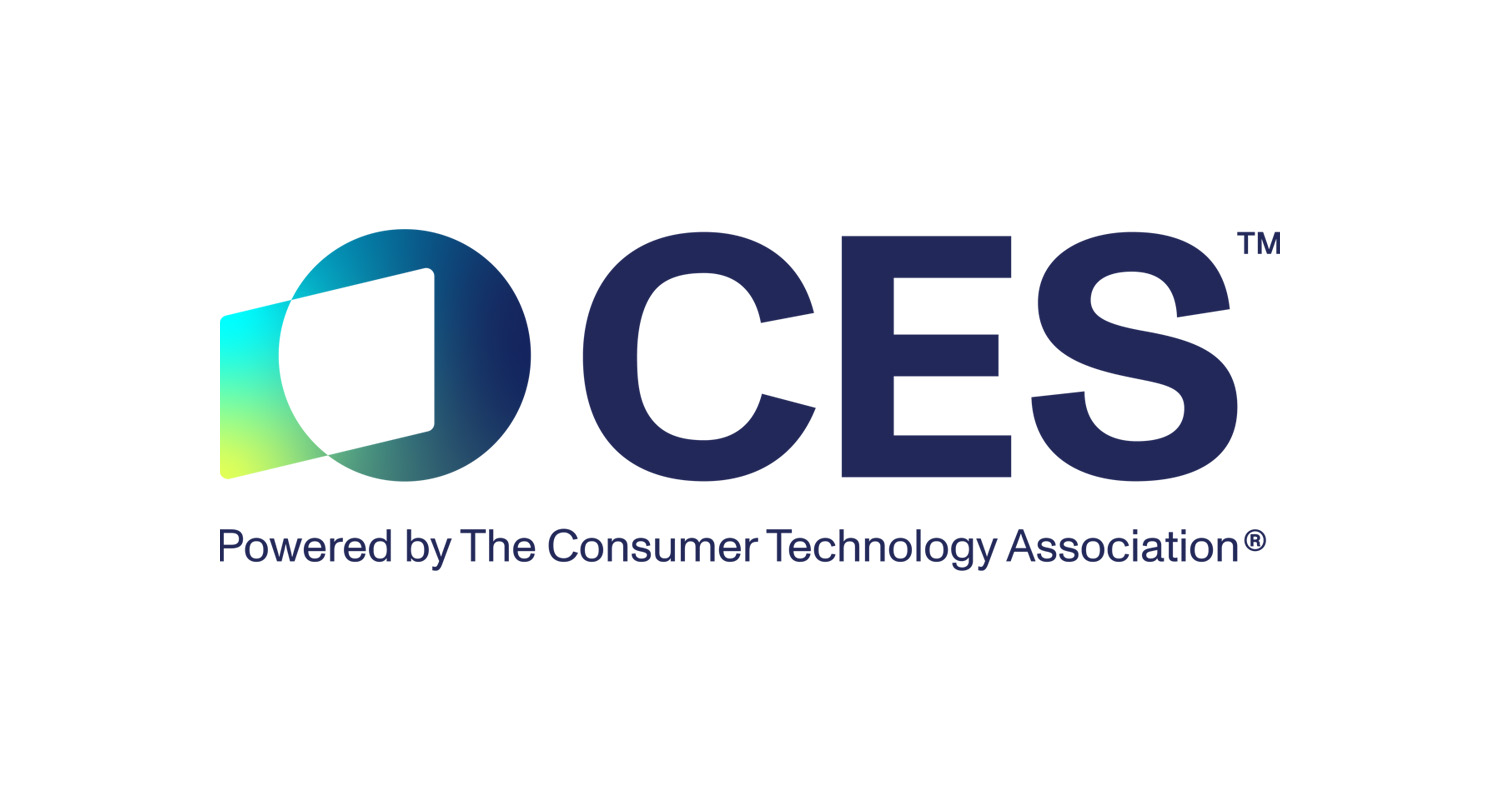
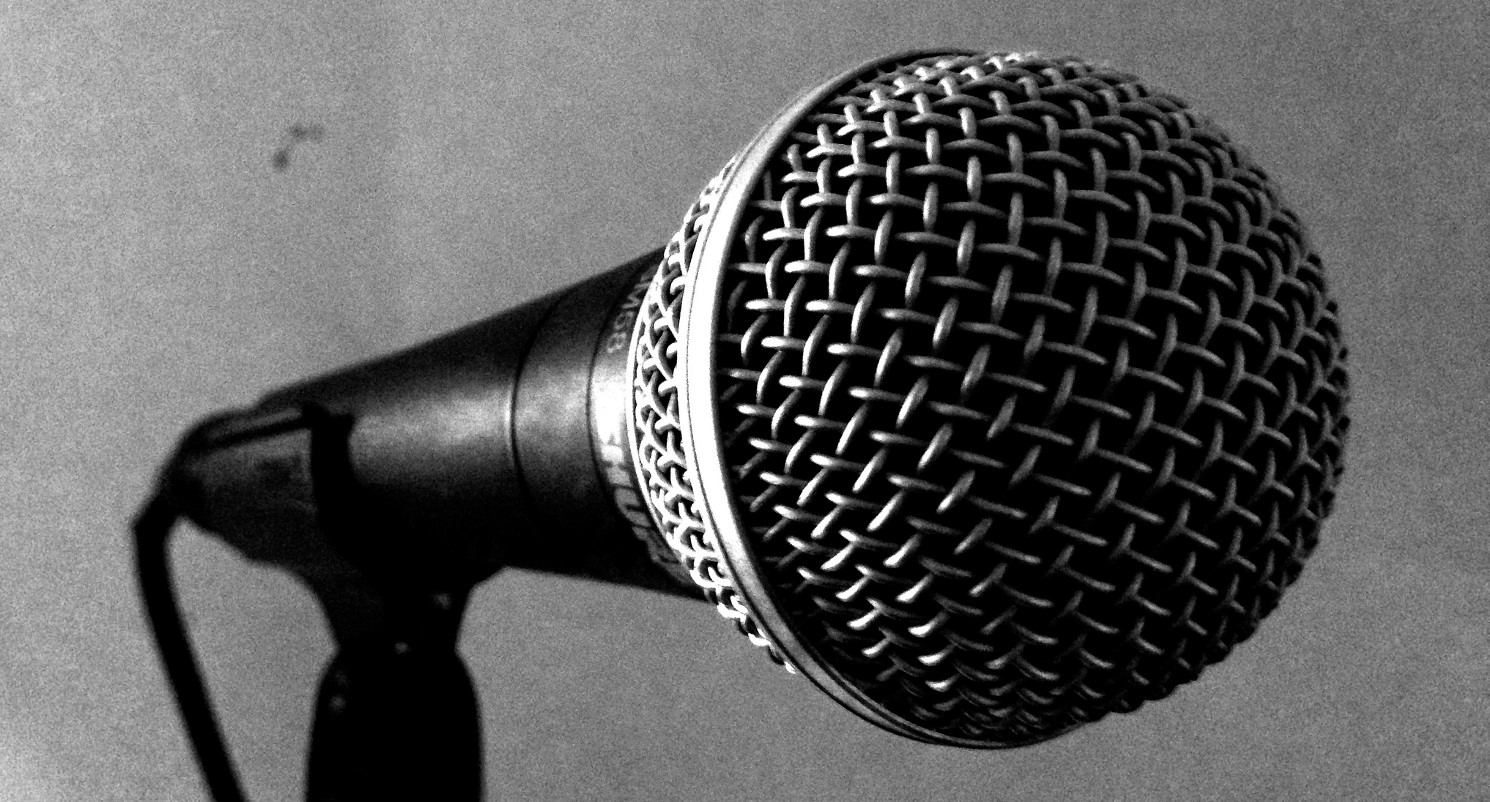
Leave a Reply